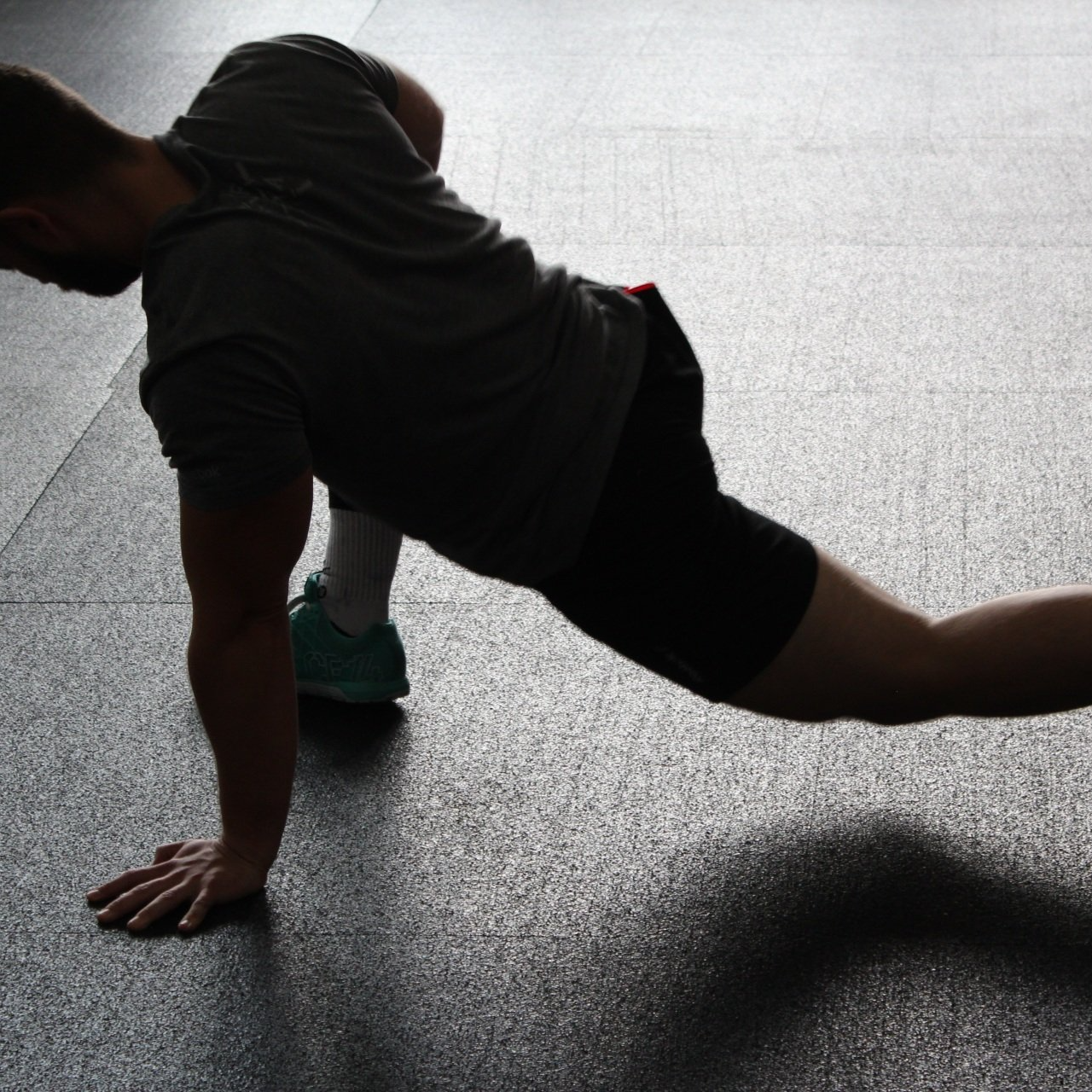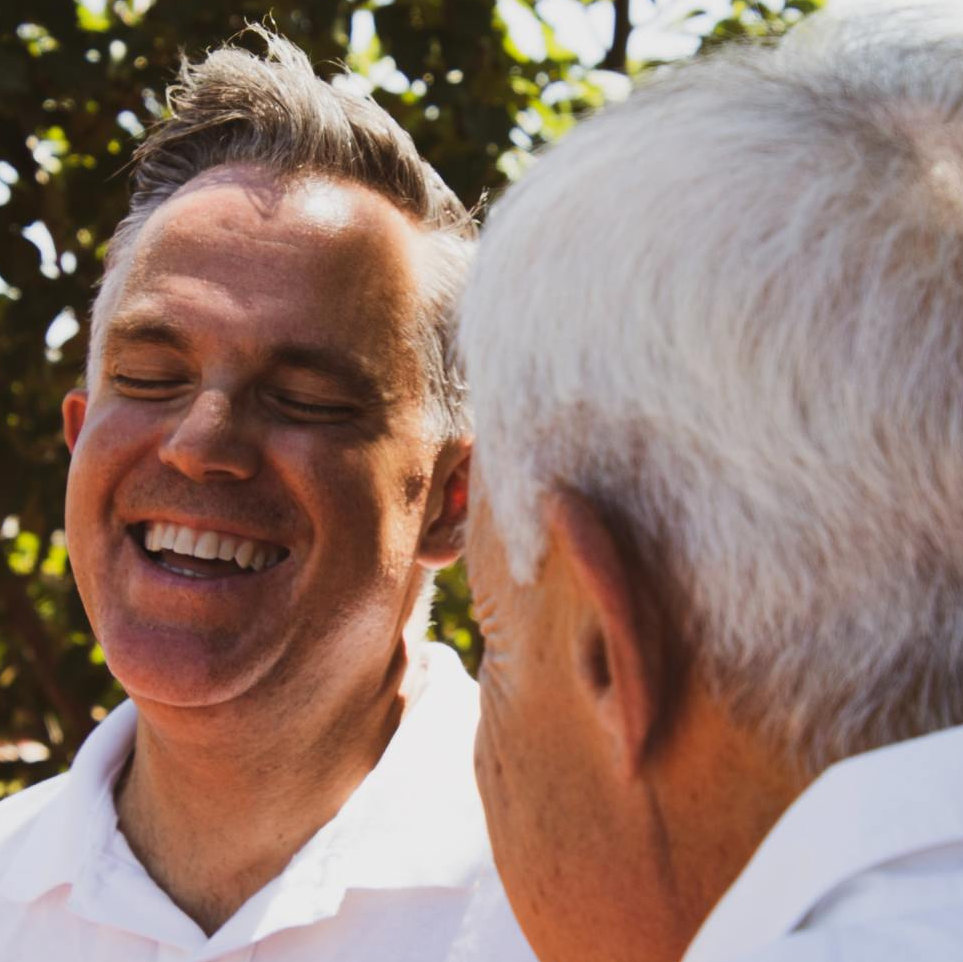Blog
TO STRETCH OR NOT TO STRETCH
The benefits of stretching are viewed somewhat like eggs. It seems that one minute researchers are saying stretching is healthy and the next minute they’re claiming it isn’t. How is the average person supposed to navigate the world safely when experts can’t even agree or make up their minds?
So what’s the story with stretching? Decades ago it seemed like “real men didn’t stretch.” Then it seemed that experts were saying, “Of course stretching is healthy, but don’t do dynamic stretching or you’ll hurt yourself.” More recently the research suggests that static stretching weakens muscles. What gives?
To sort through the abundance of murky and often contradictory information regarding stretching, let’s start at the beginning.
What is a stretch?
A muscle “stretches” when the overlapping protein fibers of the muscle cells slide past each other in the direction that elongates the overall muscle. The muscle fibers don't actually stretch like an elastic band, but slide apart lengthwise. This results in a lengthening of the overall muscle beyond its original resting length.
For our discussion "Original Resting Length" refers to the muscle length you begin with, "Current Resting Length" is the muscle length you now have and "Normal Resting Length" is the muscle length required to have neutral joint position and full range of motion at the joint in question.
A stretch is considered to be “static” when you hold a certain position or pose and attempt to relax into the stretch to lengthen the muscle. Static stretches are the best type of stretch exercises for achieving this particular result (O’Sullivan K., et al. 2009).
A static stretch exercise that does not result in the elongation of the target muscle is likely not being done properly or is being directed at a muscle that is currently incapable of lengthening (i.e. it is being stimulated by something else).
“Dynamic stretches” are exercises commonly done to warm up the body in preparation for training or performance demands. A stretch is considered to be “dynamic” when you use momentum to increase the size of movement you can perform. Dynamic stretches are not as efficient or as effective for muscle lengthening that lasts, compared to static stretching (O'Sullivan K., et al. 2009). Much of the confusion surrounding stretching might have been avoided if this class of exercise had been called something else.
Why stretch?
We need to stretch to maintain adequate muscle length and avoid malalignment problems that can predispose us to acute injuries and/or chronic pain. Adaptive shortening is an insidious process that affects everyone. This process shortens soft tissue and occurs when we do not consistently ask our joints to move through a full range of motion. The classic example of this process in action is when someone has their arm in a sling due to a shoulder injury, but because they fail to regularly extend their elbow while in the sling, by the time the shoulder is healed they can no longer fully extend their elbow to straighten their arm. As we get older it becomes even more important for us to maintain a daily regimen of appropriate mobility exercises to maintain good structural alignment and full joint range of motion.
Do you find stretching to be boring? Nothing is more boring than sitting around waiting for an injury to heal or worse yet, sitting in a waiting room until it’s your turn to go “under the knife.”
Which muscles should I stretch?
The answer depends upon the individual. A stretching program needs to be designed around your individual needs to be effective and “going by feel” can be incredibly misleading.
Muscles that feel tight are often being pulled taut by another muscle (pulled longer than the Normal Resting Length) and therefore are unlikely to benefit from being “stretched” even further. You can probably eliminate that tight feeling by stretching the shortened muscles that are pulling the target muscle into its taut/perpetually lengthened position. The most common example of this phenomenon is chronically tight hamstrings.
When someone complains to me that his or her hamstrings have always been too tight and will not stretch no matter what they do, I check that person's pelvic position. More often than not, that person's pelvis is rotated too far forward. This pelvic position results in the hamstrings being subjected to perpetual stretch tension. The usual suspects in such cases are the muscles of the lower back, quadriceps and inner thighs. Creating more length in these muscles will more often than not help return the pelvis to a more neutral position and almost magically solve the mystery of the tight hamstrings.
How long should I hold the stretch?
There has been a tremendous amount of research done on stretching and muscle function over the years, but the results are inconclusive regarding an optimal time frame for holding a stretch. There is research that suggests that the benefits you accrue from holding a stretch for 15 seconds are no different than the benefits from holding a stretch for 30 or 60 seconds (Bandy, W.D. et al. 1997). But there is research that suggests that 15 seconds is better than 5-second holds (Roberts, J.M. et al. 1999). There is another widely quoted study that suggests holding a stretch for 60 seconds is better than holding for shorter time frames if you’re trying to improve joint range of motion (Feland, J.B. et al. 2001).
I ask my patients to hold their stretches for 60 seconds. Why? After almost 27 years teaching people how to reorganize their bodies out of painful postures with corrective exercise, I have found that most people will stretch as aggressively as their pain threshold will allow. However, there is this thing called the “Stretch Reflex.” The Stretch Reflex is a self-defense mechanism that occurs in the muscle in response to either a very sudden pull or a strong pull on the muscle. If you attempt to “stretch” a muscle too aggressively the muscle being pulled on cannot begin to lengthen until the reflex contraction relaxes. In other words, stretch too hard and all you are doing is making yourself sore! All pain, no gain.
If you ask someone to hold a stretch for 60 seconds it discourages him or her from stretching too aggressively for the simple reason that an overly aggressive stretch will usually cause pain in less than 60 seconds. This has proven to be a simple way to help the body communicate to individuals what the proper amount of stretch tension is for them. If you can hold the stretch for 60 seconds without creating pain, you are almost certainly not stretching too aggressively. Scientifically speaking, there is nothing magical about the 60-second stretch, but I can assure you that it is a useful strategy for getting consistent results from your stretching efforts.
What about the research that “proves” stretching actually causes weakness?
There are a lot of studies that have proven that static stretching results in temporary strength decreases in the muscles being stretched (da Silva, J.J. et al. 2015) (Opplert, J. et al. 2016). I believe that the physiological effects that cause this temporary weakening are exactly what makes static stretching an effective tool when we are trying to eliminate muscle imbalances and joint malalignment. But, this is a subject for another day. Suffice it to say, don’t do a lot of static stretching right before you need to perform, whether in competition or training. It will hinder your performance. Dynamic stretching is pre-event. Save your static stretching for post-event or for your rest and recovery days.
There is no shortage of studies that demonstrate that stretching is a valuable performance aid and rehabilitation tool (Lee, JC. et al. 2015)(Malliaropoulos, N. et al. 2004). The key is to understand the different types of stretching and choose the appropriate tool for the job at hand.
P.S. As counter-intuitive as it may seem, stretching won’t automatically make you a better runner (Fukichi, R.K. et al. 2016). Apparently running is a skill. Stretch dynamically to warm up and to improve performance before you run, then do your static stretches to minimize post-exercise stiffness and mobility restrictions as you cool down because that’s what these tools are for. If you want to be a better runner, get a coach.
It might not be sexy but that’s the lowdown on stretching.
References:
O'Sullivan K, Murray E, Sainsbury D. (2009)
The effect of warm-up, static stretching and dynamic stretching on hamstring flexibility in previously injured subjects.
BMC Musculoskelet Disord. 2009 Apr 16;10:37. doi: 10.1186/1471-2474-10-37.
Bandy WD, Irion JM, Briggler M. (1997)
The effect of time and frequency of static stretching on flexibility of the hamstring muscles.
Phys Ther. 1997 Oct;77(10):1090-6.
Roberts JM, Wilson K. (1999)
Effect of stretching duration on active and passive range of motion in the lower extremity.
Br J Sports Med. 1999 Aug;33(4):259-63.
Feland JB, Myrer JW, Schulthies SS, Fellingham GW, Measom GW. (2001)
The effect of duration of stretching of the hamstring muscle group for increasing range of motion in people aged 65 years or older.
Phys Ther. 2001 May;81(5):1110-7.
da Silva JJ, Behm DG, Gomes WA, Silva FH, Soares EG, Serpa ÉP, Vilela Junior Gde B, Lopes CR, Marchetti PH. (2015)
Unilateral plantar flexors static-stretching effects on ipsilateral and contralateral jump measures.
J Sports Sci Med. 2015 May 8;14(2):315-21.
Opplert J, Genty JB, Babault N. (2016)
Do Stretch Durations Affect Muscle Mechanical and Neurophysiological Properties?
Int J Sports Med. 2016 Aug;37(9):673-679.
Lee JC, Lee SW, Yeo YG, Park GD. (2015)
Effects of special composite stretching on the swing of amateur golf players.
J Phys Ther Sci. 2015 Apr;27(4):1049-51. doi: 10.1589/jpts.27.1049.
Malliaropoulos N, Papalexandris S, Papalada A, Papacostas E. (2004)
The role of stretching in rehabilitation of hamstring injuries: 80 athletes follow-up.
Med Sci Sports Exerc. 2004 May;36(5):756-9.
Fukuchi RK, Stefanyshyn DJ, Stirling L, Ferber R. (2016)
Effects of strengthening and stretching exercise programs on kinematics and kinetics of running in older adults: a randomised controlled trial.
J Sports Sci. 2016 Sep;34(18):1774-81. doi: 10.1080/02640414.2015.1137343.

"Most people who have chronic or recurring knee pain have a hip/pelvis alignment problem, a foot/ankle problem, or both." First-principles thinking involves breaking down a problem into its assumption-free, fundamental building blocks. In the chronic pain-elimination game, the following fundamental truths have served me well over the years: 1. The nervous system is paramount. 2. Malalignment of the skeleton adds stress to the neuromuscular system. 3. Postural malalignment can usually be reduced with the practice of appropriately prescribed corrective exercise.

I have found that most people will stretch as aggressively as their pain threshold will allow. However, there is this thing called the “Stretch Reflex.” In other words, stretch too hard and all you are doing is making yourself sore! All pain, no gain. Stretching "the wrong muscles"??? I can hear the gears turning in your head. "The wrong muscles" doesn't make any sense!

Although chronic back pain is the most common chronic pain problem worldwide, of course, it's not the only one. In my practice, I also help people struggling with foot pain, hip pain, shoulder pain, and many others!
In fact, today I want to share with you my perspective on KNEE PAIN, one of the most common problems I'm asked about.

“Impossible” is usually an opinion, not a fact. Although you may’ve taken a very long and winding road to get relief from chronic pain, and you’ve probably even had experiences that suggest that solving your pain problems are “impossible” If you come to the clinic or work with me using video conferencing I can guide you through your rehab training even faster and easier!

This morning I got thinking about something a patient said. She has felt “heard” and she is no longer fearful that she will be “forced to do things that cause undo pain". I put a lot of time, effort, and yes, thought, into making sure you’re getting the care your body needs, not what some system says you SHOULD need.

With people living longer than ever before, more and more individuals find themselves sandwiched between caring for their children and caring for their aging parents. You may experience feelings of grief and loss, as you see your parents changing and the roles of your family shifting. You may also feel fearful and anxious about your parent’s mortality, and that gets you thinking about your own.

The body holds much of the information we need to function at our best, but too often we ignore its messages and plow ahead with what our minds tell us. Instead of asking our body what it wants, we go for the quick fill-up or the comfort food that may be the last thing we really need. So, what to do to give your body an equal say in how you use it?



